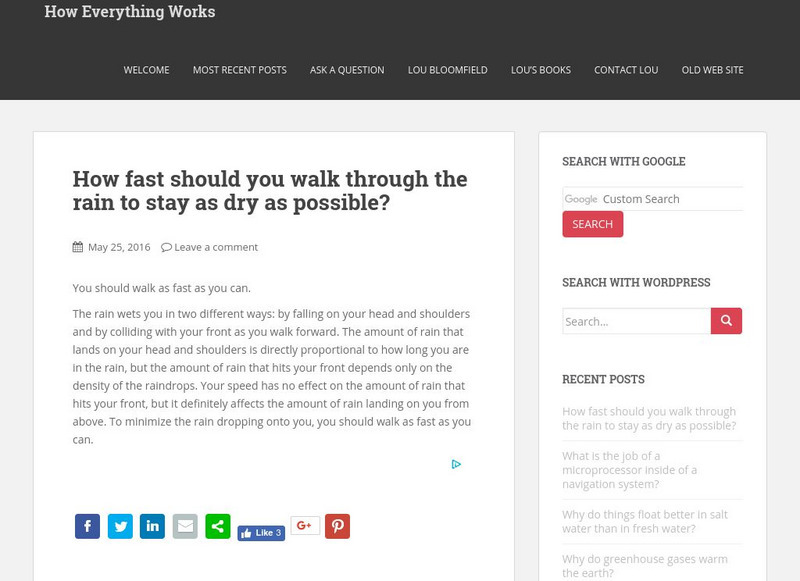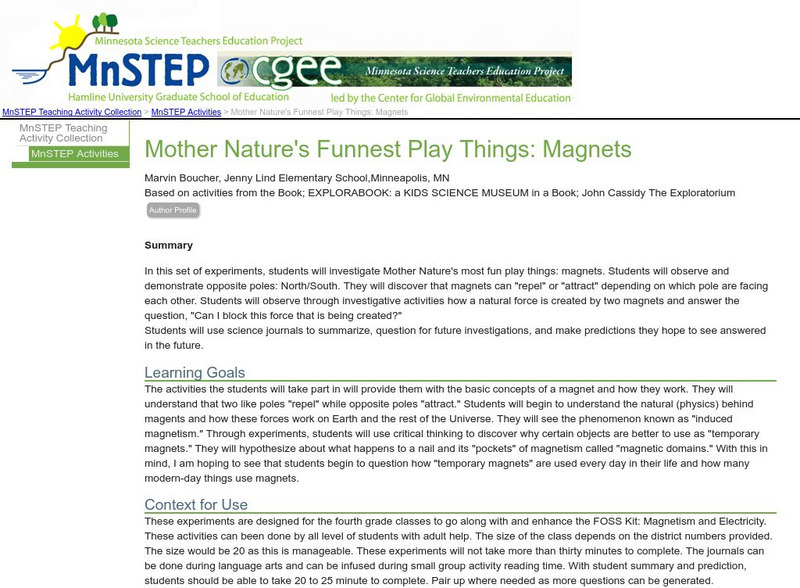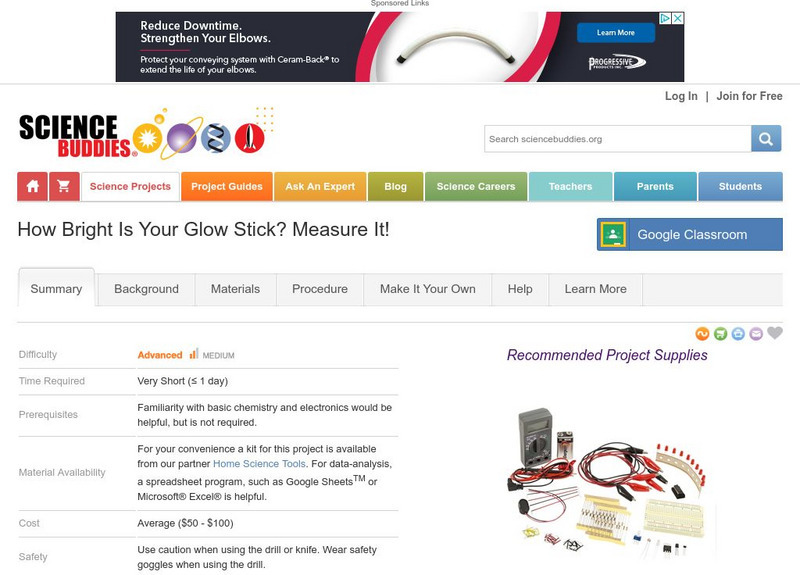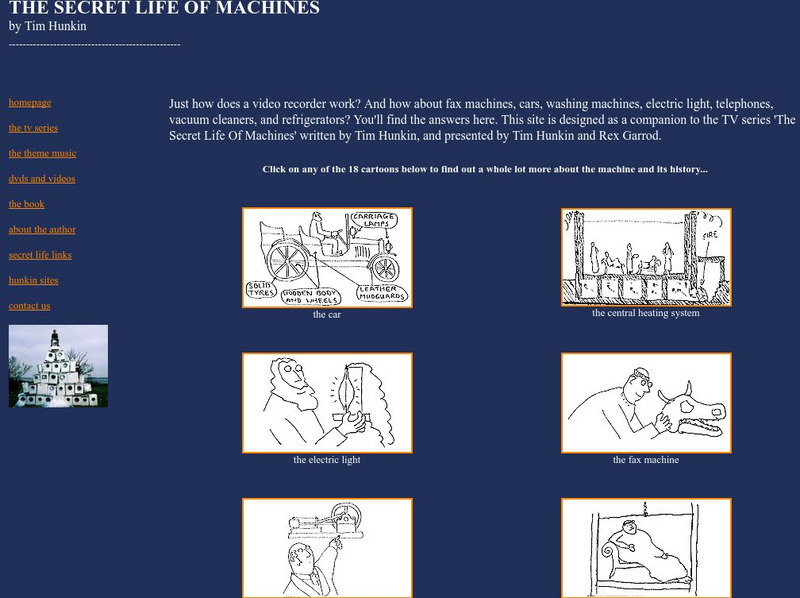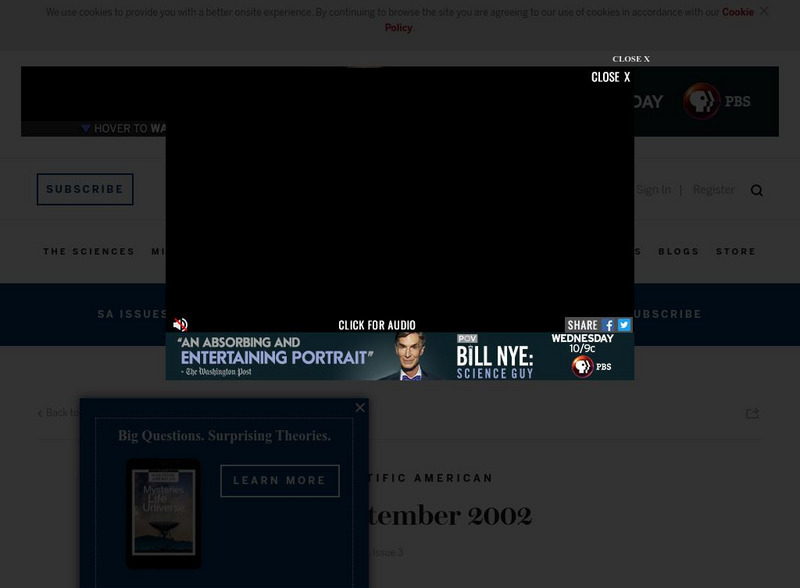Hi, what do you want to do?
University of Pennsylvania
University of Pennsylvania: Gary Soto "How Things Work"
This site, part of online course materials for a poetry class at the University of Pennsylvania, provides an overview of Soto's life and career, as well as the full text of his poem "How Things Work."
Other
University of Virginia: How Things Work
A site maintained by A. Bloomfield, the author of "How Things Work: The Physics of Everyday Life." You can read old questions or ask Bloomfield your own. Great explanations of everyday physics.
American Museum of Natural History
American Museum of Natural History: Optical Illusions and How They Work
What you see and what you think you see are different things. Find out what your brain doing behind-the-scenes!
TED Talks
Ted: Ted Ed: How Transistors Work
Gokul J. Krishnan describes what a transistor is and how this small device enables all the amazing things computers can do. [4:54]
TED Talks
Ted: Ted Ed: How Menstruation Works
At this moment, three hundred million women across the planet are experiencing the same thing: a period. The monthly menstrual cycle that gives rise to the period is a reality that most women on Earth will go through in their lives. But...
Read Works
Read Works: I Break Stuff for a Living
[Free Registration/Login Required] An autobiographical text about a young man who grew up interested in taking things apart to find out how they work, and how that later became career. A question sheet is available to help students build...
Concord Consortium
The Concord Consortium: What Are Some Patterns in How Things Stick Together or Push Apart?
In this learning module from The Concord Consortium, students will start to develop their own computer simulation models of how attraction and repulsion between charged objects work.
Education.com
Education.com: Ask Me How
[Free Registration/Login Required] In this lesson, your students will become familiar with using this question word to investigate how things work. At the conclusion of this lesson, students will be able to ask and answer questions to...
Stanford University
Stanford University: How Everyday Things Are Made
If you've ever wondered how things are made - products like candy, cars, airplanes, or bottles - or if you've been interested in manufacturing processes, like forging, casting, or injection molding, then you've come to the right place....
Science Education Resource Center at Carleton College
Serc: Mother Nature's Funnest Play Things: Magnets
In this experiment, students will investigate magnets and how they work. They will understand that two like poles "repel" while opposite poles "attract." They will also observe how a natural force is created by two magnets and answer the...
Virtual Museum of Canada
Virtual Museum of Canada: Community Stories: The Work of the Blacksmith Green Family Forge, Trinity, Nl
Learn about the tools used by the blacksmith at the forge and how iron was worked with to create such things as horseshoes and the iron bands for cart wheels. Selecting the print story provides for more detailed information.
Science Buddies
Science Buddies: How Bright Is Your Glow Stick? Measure It!
Objects that glow in the dark hold a special place in the imagination of both children and adults. The lights go out at night, but these odd things refuse to disappear. Where does the light come from? Do they work in any climate? In this...
CommonLit
Common Lit: "Let's See What You're Made Of" by Bird Brain Science
This informational, scientific text explains how cells, the smallest unit of a living organism, make up every living thing in the world. As you read, take notes on the comparisons used in the text to explain how cells work. [Free account...
CK-12 Foundation
Ck 12: Physical Science: Catalysts
[Free Registration/Login may be required to access all resource tools.] How catalysts work and their role in living things.
PBS
Pbs Learning Media: Super Scientists
Grab your science tools and explore with PBS KIDS. Through hands-on activities and exciting media that transports you to space and in the Earth, this collection will bring science to life in your classroom. These resources help students...
Harvard University
Harvard U.: Agency by Design: A Take Apart Toolkit: What We Learn From Unmaking
This article discusses the benefits of teaching students how to take things apart. Includes examples of how students record the process of disassembling something, what the parts are named, and their relationships of components to each...
TED Talks
Ted: Ted Ed: What Is the Coldest Thing in the World?
Lina Marieth Hoyos explains how low temperatures give scientists a window into the inner workings of matter, and allow engineers to build incredibly sensitive instruments that tell us more about the universe.
Better Lesson
Better Lesson: Comparing Things!
Second graders explore numbers in a variety of ways to understand how to compare three-digit numbers based on an understanding of place value. This lesson plan includes an interactive number line video, samples of student work, and a...
Harvard University
Harvard University: Project Zero: Agency by Design: Take Apart [Pdf]
Mechanical dissections are a practice that allows learners to discover the often hidden design of objects and how the parts work together as a system.
Hunkins Experiments
The Secret Life of Machines
An entertaining site that communicates ideas through cartoon drawings. Discover how simple machines and gadgets operate, such as fax machines and washing machines.
NASA
Nasa: The Space Place: Why Is the Sky Blue?
Learn about colors of light by exploring how prisms work. Discover the different colors of the spectrum and how the visible light is what we see.
Read Works
Read Works: The Cells That Make Us
[Free Registration/Login Required] A literary text about a boy who skins his knee and then learns all about cells and how they work to form living things. A question sheet is available to help students build skills in reading comprehension.
Scientific American
Scientific American: Smart People Believe Weird Things
This article, published by Scientific American (September 2002), explores how smart people can believe weird and silly things. The article comes to the conclusion that our beliefs are shaped more by our environment than our understanding...
E-learning for Kids
E Learning for Kids: Science: Scotland: How Can We Group Non Living Things Based on Characteristics/purposes?
Montgomery is a true Scot, and even wears a kilt. He works in his dad's store and needs help learning about materials.
Other popular searches
- How Things Work Lenses
- How Things Work Toaster
- Explaining How Things Work
- How Things Work" Odometer
- Explanation How Do Things Work
- How Things Work Odometer
- "How Things Work" Odometer






